Designing Product Labels: Q+A With PrintRunner’s Art Director
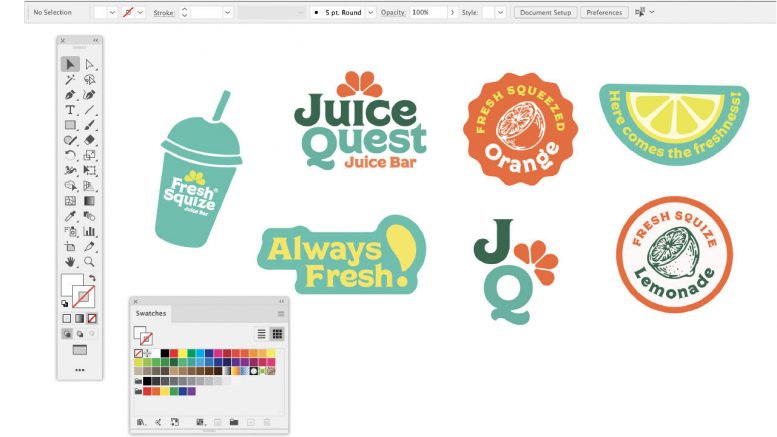
Creating a new product label design for the first time can be overwhelming for a small business owner. Are you wondering how to get started on your creative labels? We had a chat with KD Macalinao, PrintRunner’s Art Director, for her advice on what makes an effective product label design and how to create them. Check out her answers to your questions on the design process and essential tips for your label to stand out.
What are the most essential elements of an eye-catching product label?
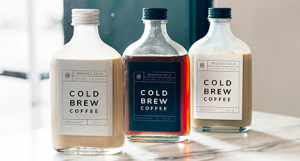
KD emphasizes that the product name is a label’s most important element. Anyone looking at your label design should quickly know what it is before reading anything else. Consider the brand or logo secondary, as they must identify your item in mere seconds.
The second most crucial element is legibility. She emphasizes that anyone should be able to read labels, and any label design text needs to be clear. Ensure every word—from the product name to the warning note—is easy to read.
What is the most eye-catching label you’ve seen, and what makes it stand out?
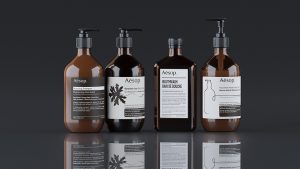
“My personal preference is Aesop’s label design,” KD says. She praises the label design’s simplicity and how it uses only text with a lot of breathing space. These design choices also help Aesop achieve the brand’s overall aesthetic.
She also commends the Aveeno soap label for clearly showing the information relevant to the customer. Apart from legibility and clarity, the packaging makes her want to trust and use the product more. Aveeno’s label design creates the impact any brand wants to achieve for its customers.
Could you walk us through your creative process from conceptualization to final design?
According to KD, “Label design is essentially information design, so you need to organize all the relevant details before anything else.” Start with creating an effective hierarchy of information. Apply different font sizes on the label design layout to accomplish a clear information hierarchy. The product name must have the largest font size, and everything else—like the product weight and ingredients—follows. This hierarchy helps the reader know which information to read first. Otherwise, if all the words are the same size, they won’t know where to start when they see your label.
The second step entails fixing the layout based on your hierarchy of information. Once you’ve finished this step, you can focus on how the fonts, colors, and other graphic elements represent your brand.
Once you’re done with the first two stages, you can test print the design to ensure the label is legible in its actual size. How the label design appears on screen is very different on print, especially in color and font size. Print out the label to see its appearance before going to full production.
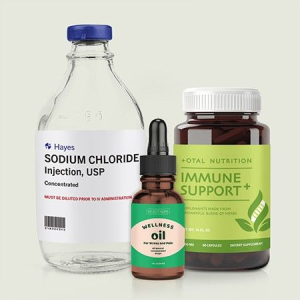
Do you have any tips on aligning the product label design to a business brand?
“If the branding is clear, then it’s easier to design the product label,” KD explains. Ask about your branding if you still need to figure out its personality. Is it fun? Calm and chill? Organic and healthy? Once you’ve clearly described your brand’s personality, you can find a font and a few colors with similar attributes for your label design. For example, Serif fonts appear trustworthy and classic, while Sans Serif fonts are more straightforward and minimal.
When it comes to color choice, look at their emotional response or what people typically associate them with. Green, for instance, represents nature, while blue is associated with tranquility. Explore the emotions people usually connect with the brand’s personality and align those with the right colors for your label design.
Do you recommend a timeless or trendy design for a product label?
KD says that good design leans towards timelessness and being able to stand out. If you go for what’s trendy, you risk the label design looking a lot like your competitors. On a grocery aisle or store shelf, shoppers won’t pay attention to a product label design with the same colors, fonts, and layout as everyone else.
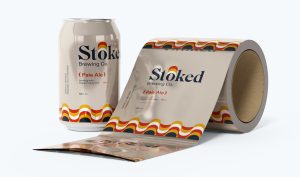
A common trend she points out is center alignment on design layouts. If you want to stand out, use left alignment or a double-column layout. Another popular choice is neutral, earthy colors. But if you use a more saturated color, you can easily distinguish your product. KD also adds that the popular trends will still depend on your competitors. Be sure to evaluate and study who you’ll be beside on the shelves.
How has technology changed how you design labels? Are there any innovative techniques or materials you’re excited about?
For KD, QR codes come to mind in changing product label designs. QR codes can link potential customers to a landing page containing more information about the product. Its inclusion allows you to put less text on the label or packaging design. You also end up with more digital space that interested customers can read on their phones. Plus, your printed label will only show the essential information they need.
What are some common challenges in label design, and how do you overcome them?
The most common challenge is the limited space on a label. KD cites a 2″ x 2″ sized product label as an example. To overcome this challenge, she recommends utilizing the size wisely and more intentionally. The QR code is one way to get more space for additional information while saving the printed area for the product name and other necessary identifiers.
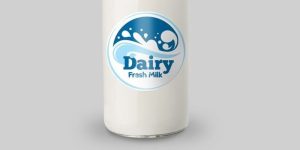
It’s also common to place too much information on the product label design. KD’s solution goes back to creating an effective hierarchy of information. Review the text and information to get a head start on the hierarchy. Remove anything unnecessary, keep the design simple, avoid redundancies, and shorten the copy.
Start Designing Your Custom Product Labels
Are you ready to design a label that instantly identifies and distinguishes your product? Check out the various label printing options on PrintRunner. The range of options ensures you find and choose high-quality features for executing your creative labels. You’ll only find the best for your final packaging design from single product labels, waterproof options, and bottle label choices.



